Without a doubt, the science of medicine is one of the fastest-growing fields. Just think about all the progress that has been made in the last hundred years. Many of these innovations have completely changed our lives and greatly improved them.
There are some completely new inventions that have enabled us to overcome challenges we weren’t able to before, while there are others that act as alternatives to old-fashioned procedures and ineffective healing methods. In this article, we will discuss some of the most significant medical innovations of all time.
Antibiotics
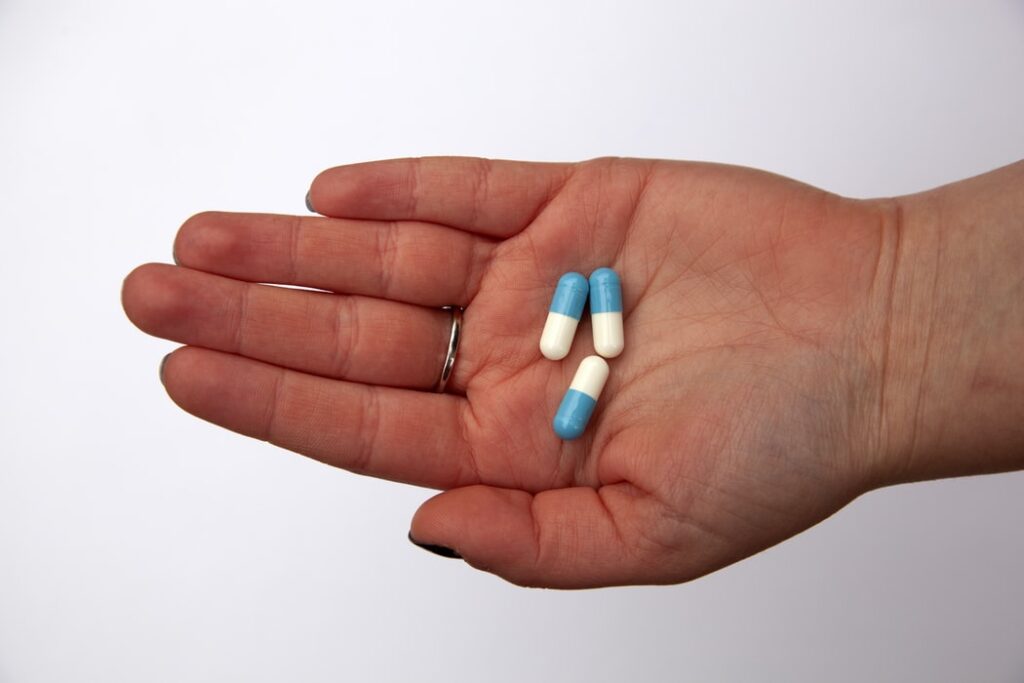
We have to begin our list with these because they have saved so many lives since the 1920s, and they have become the main weapon we use when fighting bacterial infections. A lot of people would say that it all began with Alexander Fleming’s discovery of penicillin in 1928, but the truth is that the first antibiotic was Salvarsan that is nowadays known as Arsphenamine.
Before these were officially introduced during WWII, prevention of contracting an illness and preventing it from spreading was the main method used to protect people’s health. During the 1950s, people referred to these as “wonder drugs”. The combination of these and vaccines has enabled us to eradicate numerous diseases that used to be lethal.
Blood transfusion
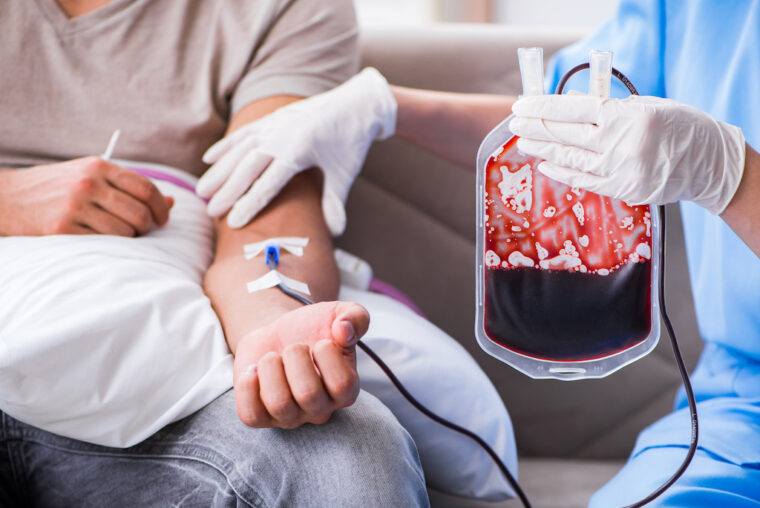
Up to the 1800s, one of the most common causes of death was the loss of blood. Scientists understood that a blood transfusion could save a lot of lives, so they experimented with it for over 200 years. Unfortunately, their efforts were unsuccessful mainly because they used animal blood.
However, in 1818, an obstetrician called James Blundell performed the first successful blood transfusion on a woman who was bleeding severely after child birth. Even though it was a triumph, it took scientists almost another hundred years to understand how transfusion actually worked.
In 1901, Karl Landsteiner, an Austrian doctor, make an astonishing discovery that there are multiple blood groups, and there are requirements that have to be followed when mixing different types.
X-ray
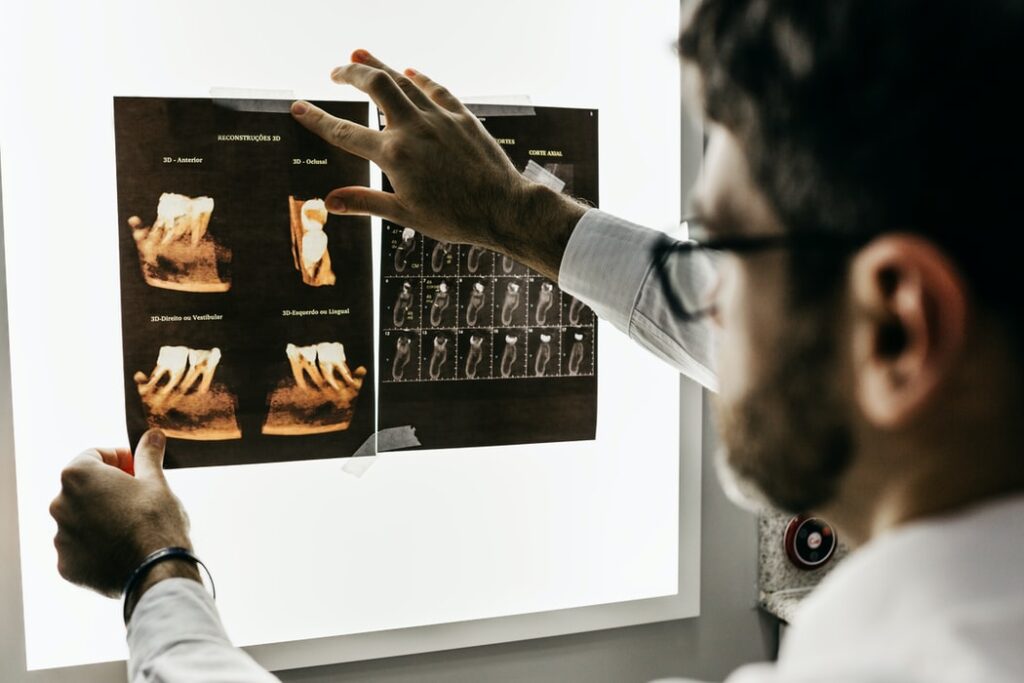
No one can imagine modern medicine without an X-ray machine. Nowadays, it is almost impossible to establish the correct diagnosis in case of physical injuries and fractures. Did you know that X-ray was discovered by chance?
Wilhelm Conrad Röntgen, a German physicist, was experimenting with electric currents while observing how they passed through a gas of low pressure. He noticed that a cathode ray tube he used, which was covered with barium plationcyanide, emitted a fluorescent effect. He didn’t understand what these were due to the fact that they are invisible, so he named them X-radiation.
Even though initially, his discovery was mocked when a journalist called it “an alleged discovery of a method to photograph the invisible,” the truth is that it made him the first winner of the Nobel Prize in Physics in 1901.
Hypodermic Needle
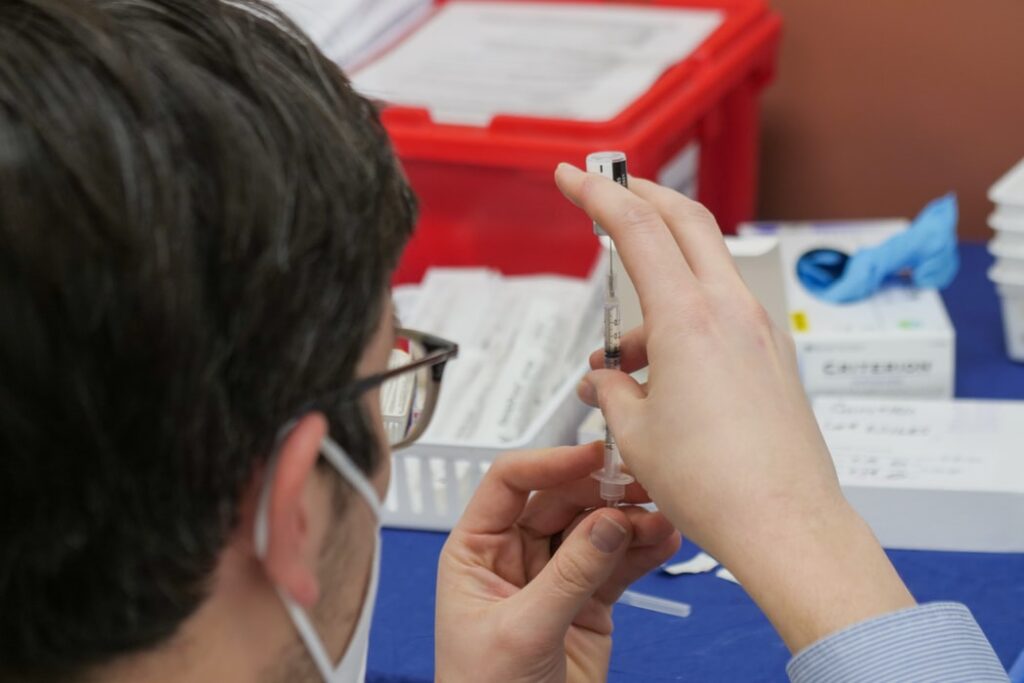
Similar to the previously described invention, hypodermic needles have become an essential tool in modern medicine. As you know, they are used to inject the appropriate amount of antibiotics or some other type of medicine and fluid into a person’s body. Interestingly, this needle was invented only 150 years ago by Alexander Wood and Charles Pravaz.
Thermometers
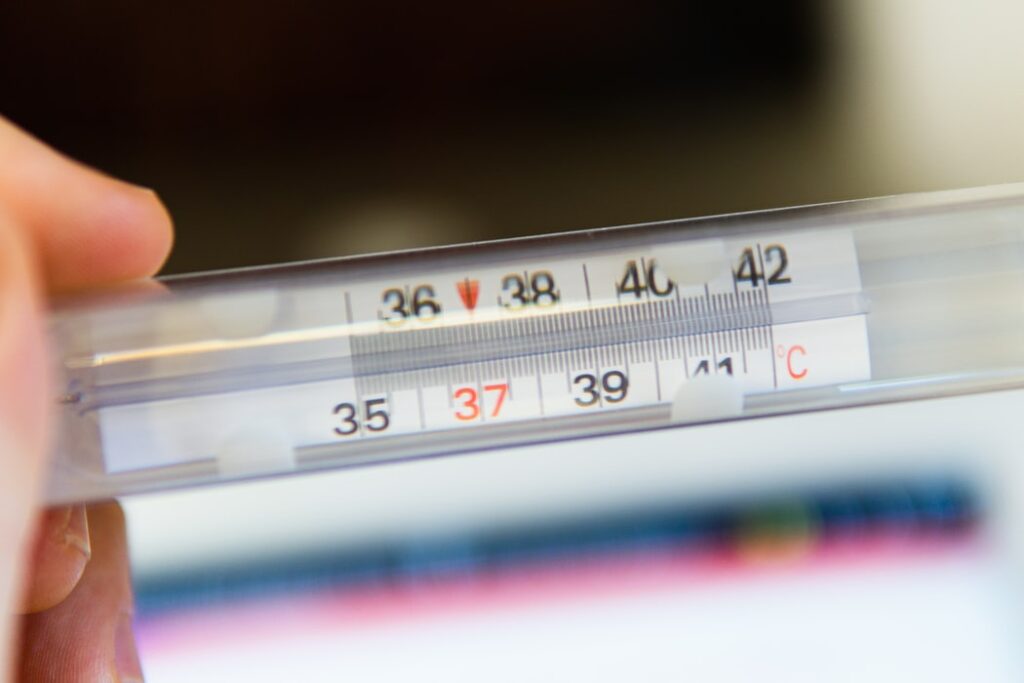
This device is so common nowadays that every household possesses it. What’s more, today, there are different types of it that can measure one’s temperature without direct contact in just a few seconds. Trying to answer the question of who invented and created the first thermometer, many people would say it was Galileo. Yes, his device indicated the difference in temperature, but it didn’t measure it exactly.
Nevertheless, the first mercury thermometer, which is still used nowadays, was invented by Gabriel Fahrenheit in 1714. The way it works is that the density of the liquid inside the tube changes simultaneously with the temperature. Due to mercury’s poisonous nature, these devices are slowly going out of use and are being replaced with digital devices that are safer.
Stethoscope

The way the stethoscope works has changed at all since it was first created by René Laënnec, in 1816. Before this, a doctor would listen to their patient’s heartbeat by simply putting their head directly onto the person’s chest. Yes, it was possible for them to establish a diagnosis this way, but in many cases, this method was completely ineffective.
If there was too much insulation between the heart and skin, that is, too much fat, a doctor wasn’t able to hear anything. This is exactly the issue Laënnec faced, so to overcome this challenge, he used a wooden tube in a shape of a trumpet that would amplify the sounds. If you also have a great idea and believe that it has the potential of becoming the latest great discovery, you should click here to find out how Invent Help can help you bring your invention to life.
Cardiac Pacemaker
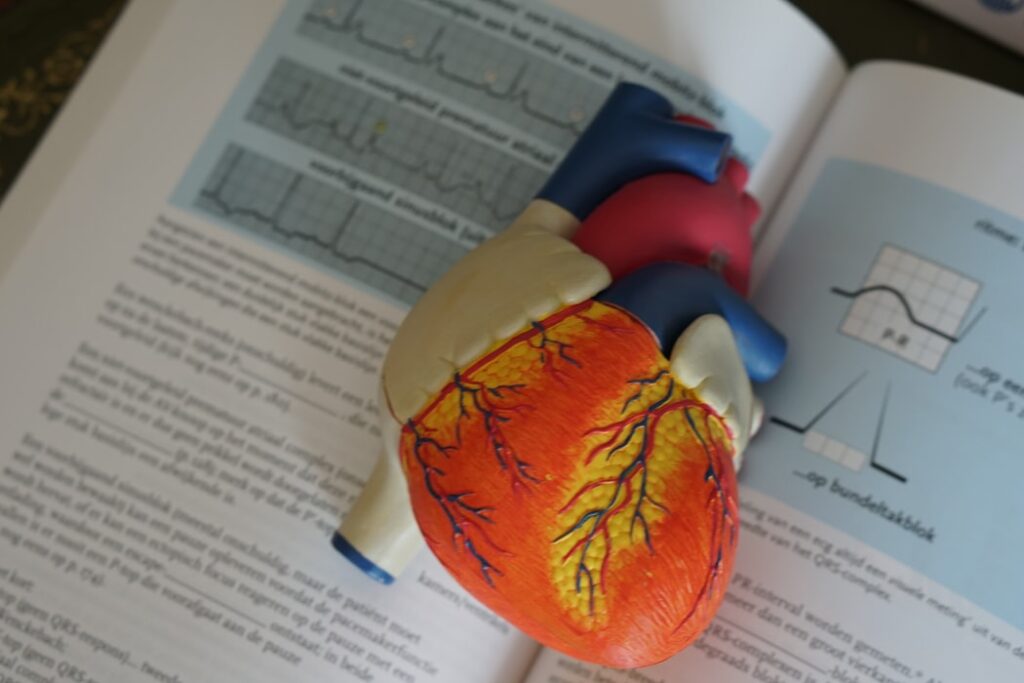
When talking about life-saving inventions, we cannot skip this one. In 1926, Mark C Lidwil and Edgar H. Booth designed a portable device that included two poles, one of which was “applied to a skin pad soaked in a strong salt solution,” while the other one was a needle that was “plunged into the appropriate cardiac chamber.” Despite the device’s primitive design, they saved a life of a stillborn baby. Later, in 1932, Albery Hyman upgraded the apparatus, and he was the first to name it an artificial pacemaker.
The device has gone through numerous upgrades over the decades, and nowadays, it includes a battery that can last up to 20 years and it is used to prolong the lives of people who suffer from cardiac issues.
Organ transplant
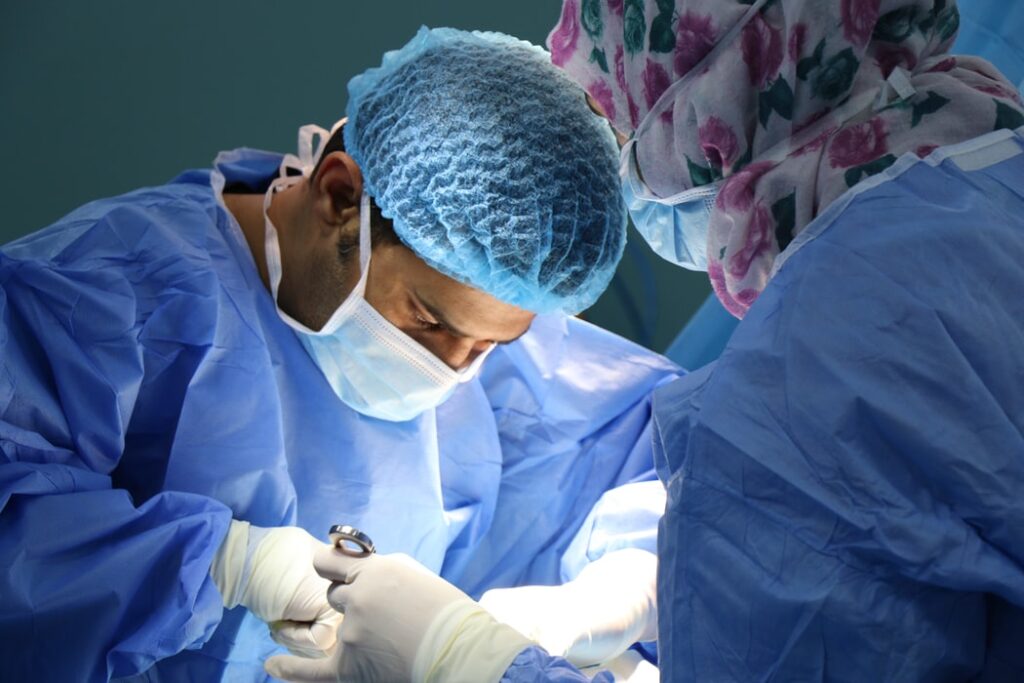
Finally, we have to talk about one of the greatest accomplishments in the medical field of all times. Upon comprehending that there are multiple blood types and performing blood transfusion successfully, doctors started to think about organ transplants.
The first attempt was made by a Ukrainian doctor in the 1930s who tried to transplant a kidney taken from a cadaver. Then in 1954, Joseph Murray performed the first kidney transplant procedure that was successful. He managed to do this because he took a healthy kidney from the patient’s twin brother. Since it was a genetically identical kidney, there was no possibility of immune system rejection.
Murray continued to explore the field of immunosuppressive drugs, and eventually, in 1959, he performed the first successful transplant between less-compatible donor and recipient. According to studies, 30,000 transplants are performed every year in the U.S.
